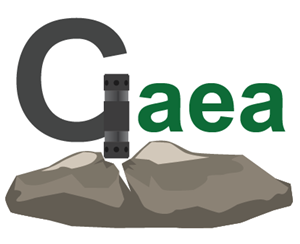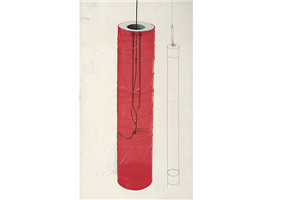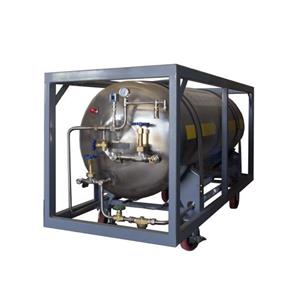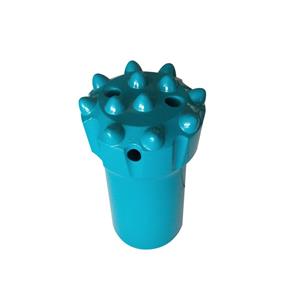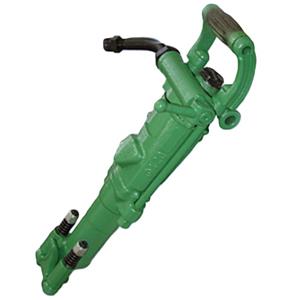Analysis of reason of damage to rock drilling tools
Rock drilling tools are consumables in all kinds of drilling work. Over years of use they are consumed in large quantities and account for a major portion of drilling costs, so they deserve our full attention. To get maximum output at minimum cost we must keep learning and summarizing experience.

Tool service life depends both on tool quality and on correct, standardized use. A skilled operator can save considerable consumable cost for the rig — even a good horse needs a good saddle to perform at its best.
Below are several common causes of tool damage.
Misalignment of the tool assembly Eccentricity between the shank adapter, coupling sleeve and drill rod causes bending deformation and stress in the tool, producing poor fit at the joints and leading to looseness at the connections.
Improper feed/down‑thrust (bit load)
Low feed pressure reduces penetration rate, which causes joint loosening and energy loss in the assembly. This creates large stresses that can produce instantaneous separation at the contact faces. Signs of insufficient feed include overheating of the tool, clicking noises at joints, excessive thread wear from overheating, and formation of erosion pits.
Excessive feed pressure reduces bit rotation speed, increases the risk of jamming, and raises bending stress in the drill rods.
Impact pressure Incorrect adjustment of impact pressure directly affects rotary speed, penetration efficiency and tool life.
Rotation speed Rotation speed must match bit diameter and the hammer’s impact frequency. For larger bit diameters, rotation speed should be reduced; excessive speed will damage the bit cutters.
Rotary loading/pressure Proper rotary load is critical: it helps protect the drill string from jamming and is a prerequisite for maintaining a stable rotation speed. Controlling rotary load is key to keeping the tool assembly tight. If tightness is insufficient, connection areas overheat, thread surfaces peel, threads wear prematurely and may fracture.
Improper usage Using worn (used) tool combinations together with new tools shortens overall tool life. Misalignment when making up joints, sand or mud on threads, or failing to apply lubricant to threaded connections also cause damage. The most destructive practice is “dry firing” (operating the hammer without contact with the rock); this should be avoided.
Closing thoughts Drilling has always been a challenging and important undertaking. Managing rock drilling tools requires coordinated effort among material suppliers, manufacturers and operators — it is a systemic task that cannot be solved by one party alone. Competition within the industry creates vitality and drives improvement, but cooperation is also necessary. To advance the field we must unite all possible forces. Our real opponent is our own conservatism and backwardness: we must learn new methods and create new solutions.

